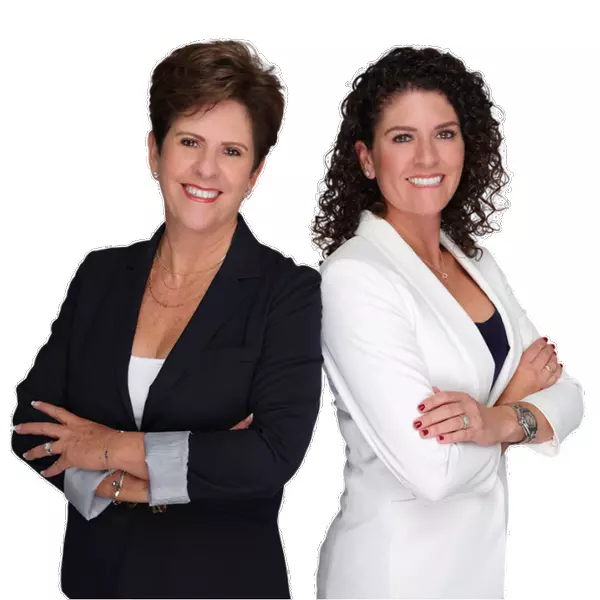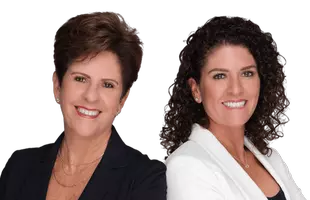Taylor Guitars Turns 50: How a Beautiful Mistake Changed the Industry
If you ask Bob Taylor of Taylor Guitars, his company’s success was a beautiful mistake.
“Our sound is clean; it’s clear. It cuts through,” Taylor says. But when asked how long it took to engineer that classic Taylor sound, he laughs. “Oh, I did not [engineer it]. It was just like, ‘Oh, you really like it? Oh, okay, yeah, I meant to do that.’ We made a guitar that was very innocent, half an accident, but it helped change the music industry.”
Taylor, who started making guitars at 16, only knew one thing when he began: He’d turn his passion into a career. Three years later, he partnered with Kurt Listug, who was 21 at the time. The pair purchased a small guitar shop in Lemon Grove and began building.
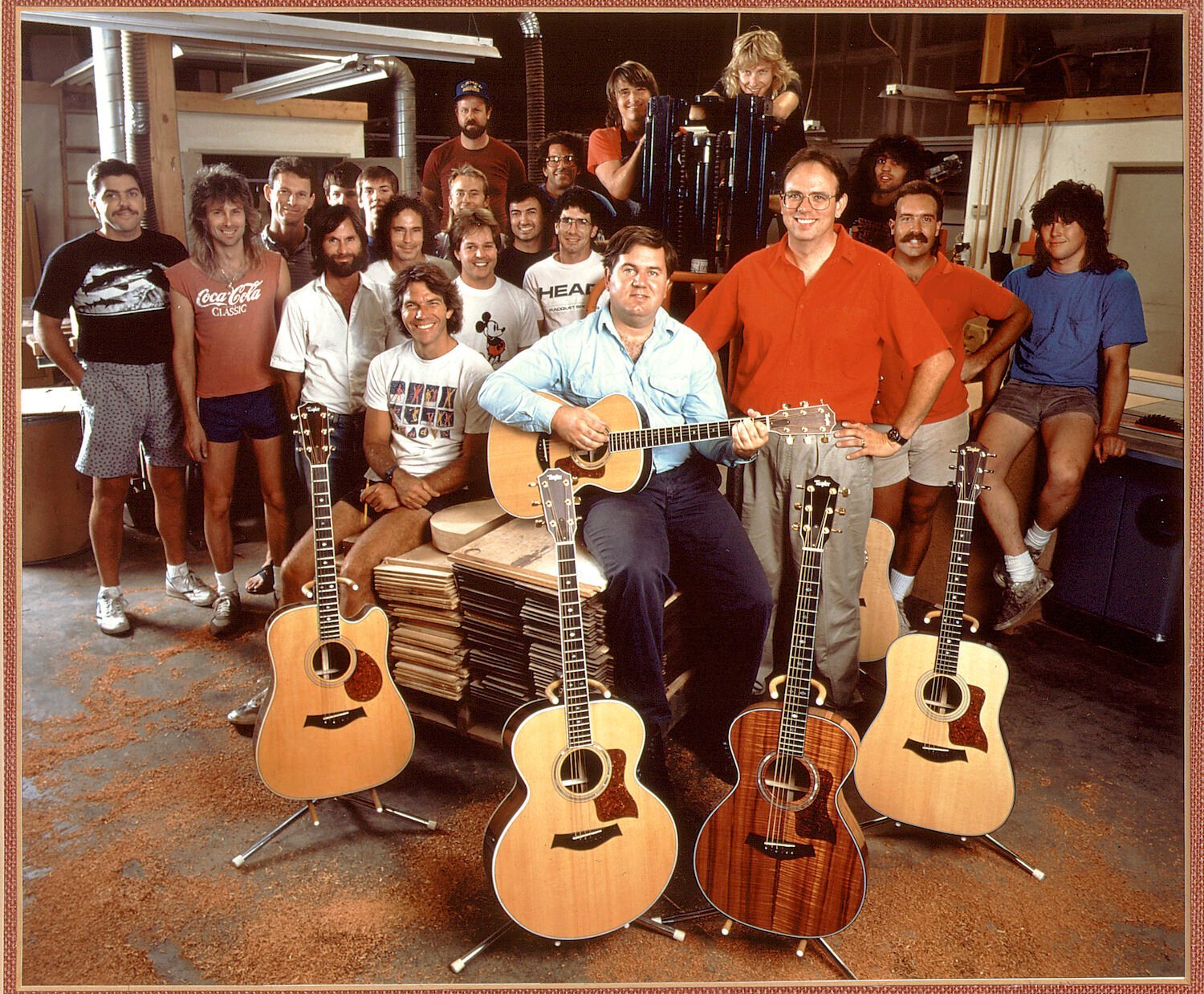
On October 15, 1974, they founded Westland Music Company, which became Taylor Guitars in 1976. This year, the company celebrates its 50th anniversary. Worth some $180 million, Taylor counts among its fans some of the music industry’s biggest artists: John Fogerty, Jewel, Zac Brown, Jason Mraz, Katy Perry, and Taylor Swift, to name a few.
But it took more than three decades before Taylor Guitars was a household name. In the ’80s, music was all about heavy metal, synth, and glam—acoustic guitars weren’t exactly flying off the shelves.
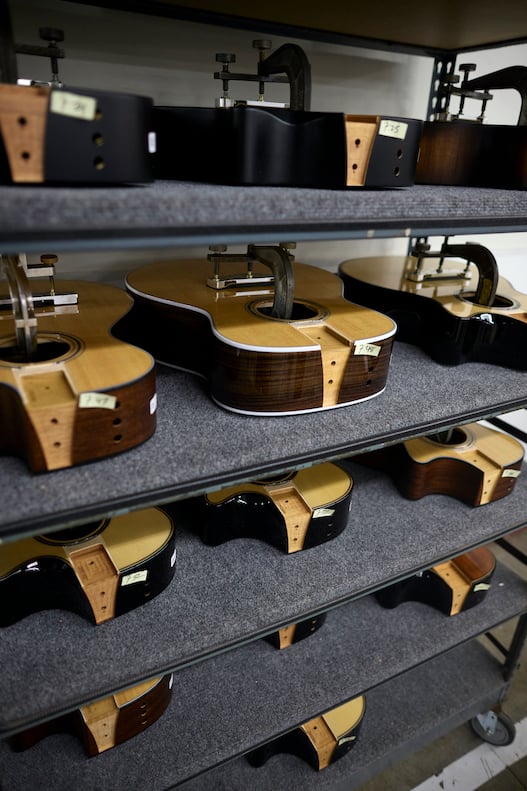
“We started selling in Los Angeles during the Laurel Canyon days. And, you know, music was changing a lot then,” Taylor says. “Acoustic guitars were always hard to play. The necks were too big, the strings were too high; it took a death grip to play them.”
But Taylor and Listug had faith in their product. They packed up their axes and headed to the 1985 National Association of Music Merchants (NAMM) show, an annual trade event that is the largest of its kind today.
There, they showcased a new line of guitars called the Artist Series, limited-edition models finished in colored stain. One of Taylor Guitars’ distributors challenged them to make a 12-string purple guitar for Prince, who had just released “Purple Rain,” garnering him global stardom.
Prince played his new 655 Artist Series guitar in a Live Aid video that year, though he requested no branding be shown at the time. Luckily, the industry found out who was behind the artist’s new instrument. The calls from musicians trickled in. The shift had begun.

Acoustic guitars began reclaiming their popularity. In 1989, MTV Unplugged started showcasing musicians playing acoustic versions of their songs. Riding this wave of renewed interest, Taylor Guitars ramped up production in the ’90s and early aughts. Taylor refined his guitar-making process and, in 1992, found the business a new home in El Cajon, where they remain today, occupying eight buildings.
Around that time, a young Taylor Swift purchased a Baby Taylor, which she used to write songs in the backseat of her car. Swift’s dad dropped off a cassette tape to Taylor’s office while the now-billionaire Swift was still flying under the radar, Taylor recalls.
“I know that every dad thinks his daughter’s special, but mine really is. Would you listen to that cassette?” Swift’s father said to Taylor. In 2008, Swift held her Fearless album release party at the factory.
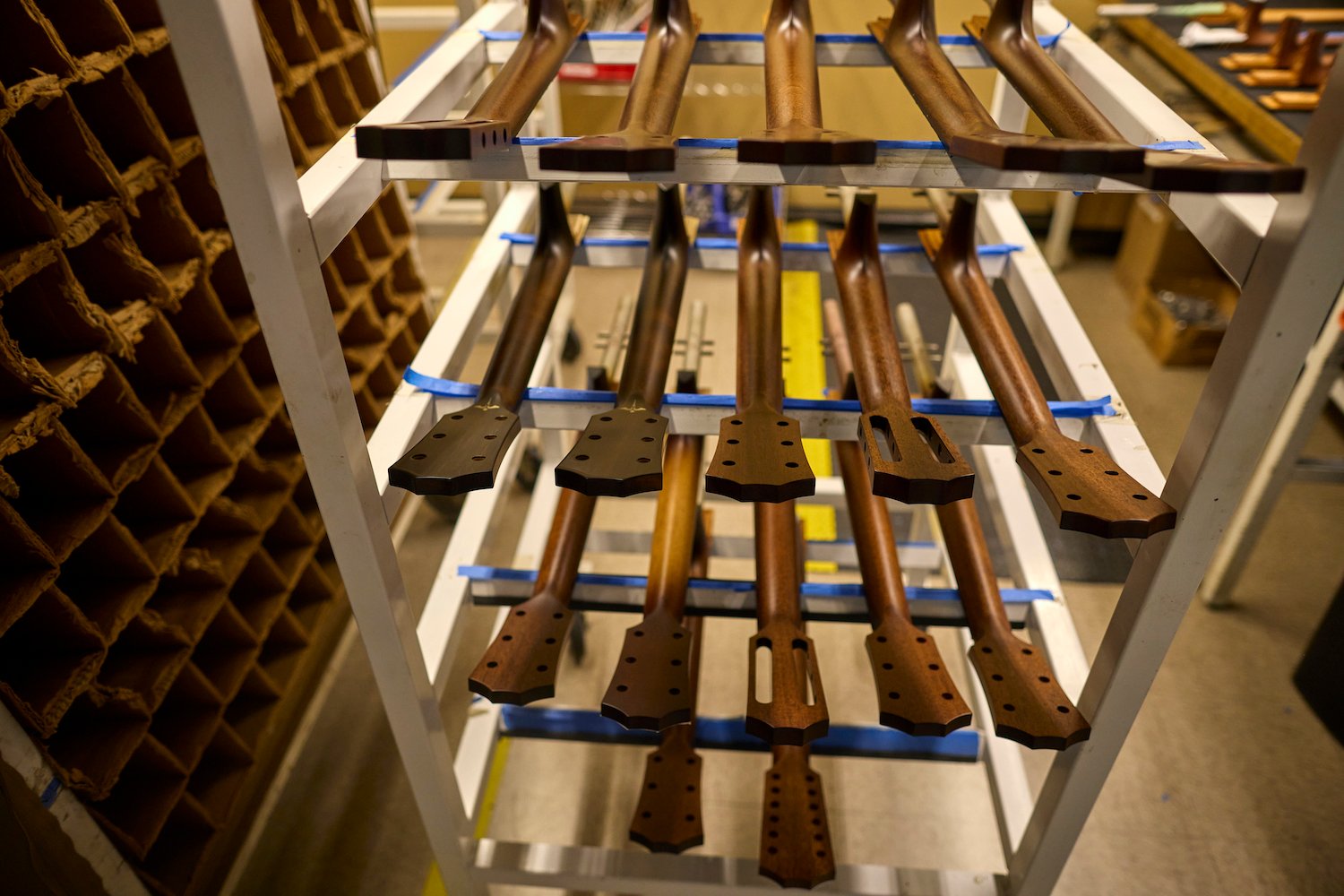
Two years later, the company hired Andy Powers—an Oceanside native who began crafting guitars at the age of 7 and previously ran an instrument-building business of his own—as Taylor’s design successor. Powers re-engineered the brand’s entire lineup of guitars, created new body styles, offered a more diverse range of musical sounds, and developed new guitar voicing architectures. Taylor Guitars sealed its name as one of the best in the industry.
But today, as we tour the facilities, Taylor’s stories are less about the many musicians he’s worked with and more about the families his company—which became fully employee-owned in 2021—has been able to help along the way.
“[Wuhan] came to us from Cambodia,” says Taylor, who gave her a job shortly after she arrived in the states. “She worked for six months and got a raise. She was like, ‘I never thought that life could be like this.’”
Walking along the factory floor, we’re surrounded by half-finished guitar bodies, tiny lasers, larger-than life robots buffing wood, and workers installing fretboards, applying back bracing, and cutting sound holes. Wherever we go, Taylor takes the time to say hello to his countless employees by name.
I ask him what he’s most proud of after half a century of crafting instruments. Even with his focus on his team, I still half-expect him to gesture toward a wall of various celebs playing his guitars. But his reply is swift: “That we were able to make this career out of guitar-making for all these people. That’s what I’m most pleased with.”
The post Taylor Guitars Turns 50: How a Beautiful Mistake Changed the Industry appeared first on San Diego Magazine.
Categories
Recent Posts


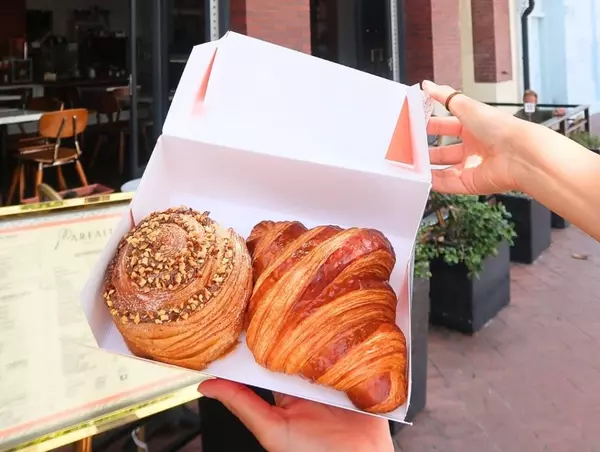
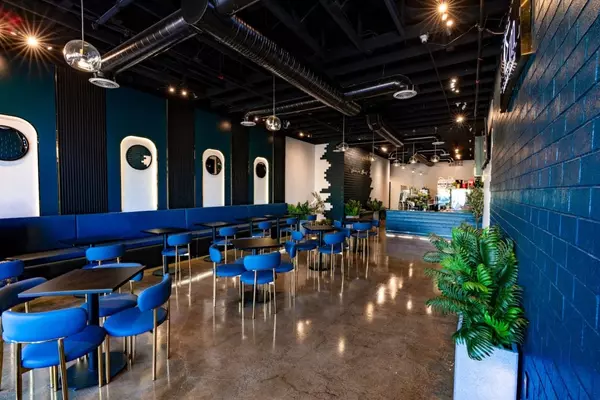



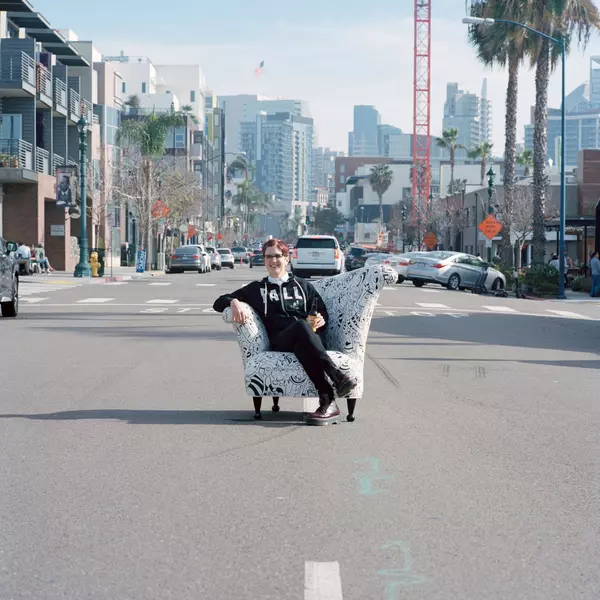
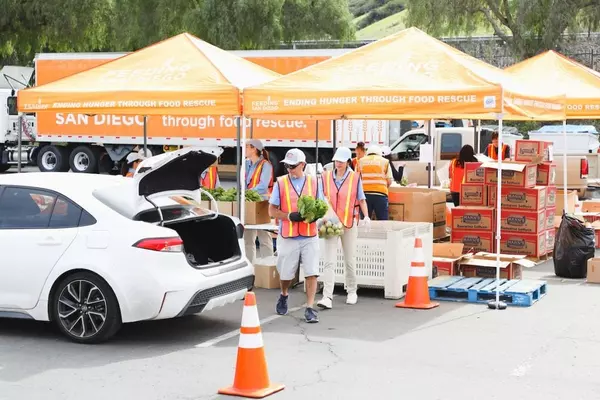

GET MORE INFORMATION
